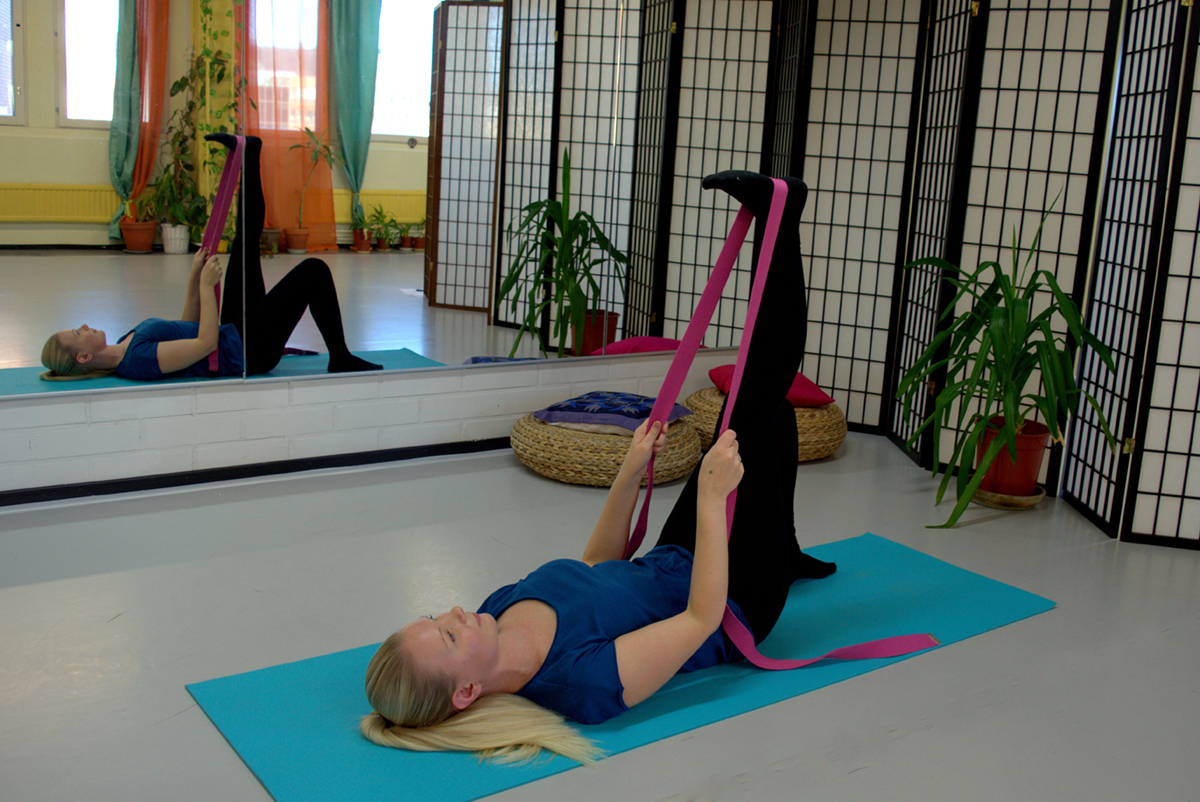
Hamstrings are made up of a group of muscles that start on the ischium and posterior femur and goes all the way across the hip and knee joints and attach to the tibia and fibula.
A very common injury is the tightening of the hamstring. People who are involved in sports suffer from this condition very commonly. They report tightness in the muscles. This is especially common in cyclists, rowers and runners, and in other words athletes rely on their legs greatly.
It can also happen to people who do not move around much and can sometime occur to a person who sits for very long periods of tie.
Some older people who have shortened hamstrings can experience this tightness when they are fixing the hip or extending the knee in common everyday activities like putting shoes and socks on.
This is usually a result of the fact that as people get older they often develop a posture in which the knee slightly flexes when they are standing.
The best test for seeing whether hamstring tightness is present is the sit and reach test, which is when a patient sits with their legs straight out in front of them and then tries to reach the toes.
Another assessment tool is the soft tissue release ,which is a stretching technique that can be used to find the problem and to treat it. This is the best way to pinpoint where the hamstring tightness is originating.
There are a great number of techniques that therapists will use to ease the tightness in these muscles.
Heat is very valuable in such a case. It is not only comforting to the muscles, but is also helps with the pliability of soft tissues. Heat should be applied before a massaging of the muscles. It can also be used in stretching the muscles, actively and passively.
Using the straight leg raises a simple passive exercise for helping with hamstring tightness, more advanced forms of stretching activities can be used for athletes such as muscle energy techniques.
Static pressures are also very valuable for assisting in the relaxation of the muscles. In one example, the person can use their elbow, fists and forearm, apply pressure for a minute at the ischium and then retest the hamstring length. The changes will be apparent after a few sessions.
This pressure can be put on the hamstring muscles with the use of therapy balls as well very effectively.


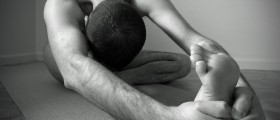


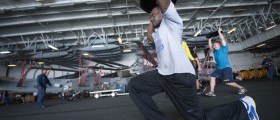
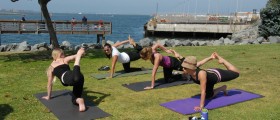
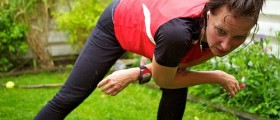



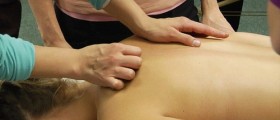
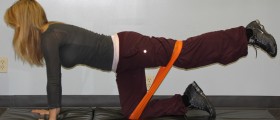
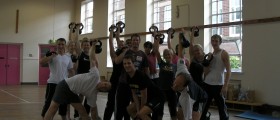
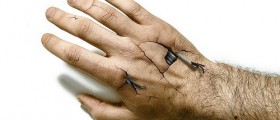
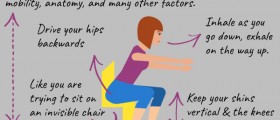

Your thoughts on this
Loading...